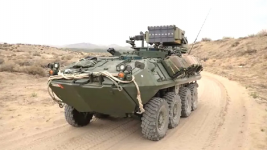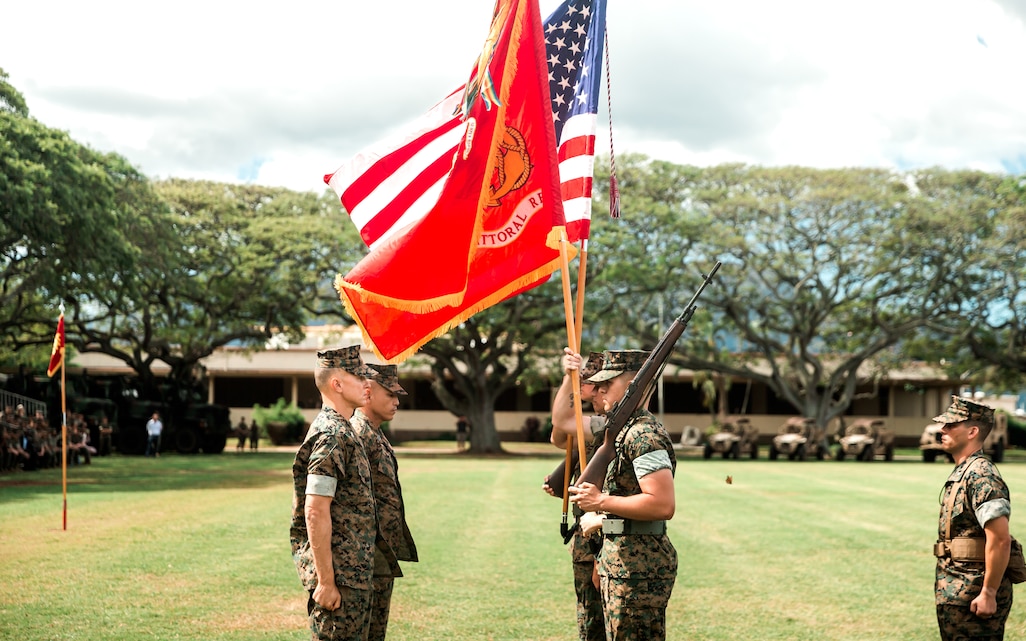- Reaction score
- 1,176
- Points
- 1,060
I mean it could be an urban legend but I really dont think so. I think the US wants us to be a reliable partner really bad but have probably given up on us by nowI'll take your word on possible previous offers, but I'm thinking that a) offers of subsidized fleet upgrades are a bit different than wholesale equipping of our Army, and b) with the ongoing shirking of our promised defence commitments combined with all the dollars the US is funneling into Ukraine currently (on top of the massive Covid deficits) that "gifting" equipment to a freeloader at this time is highly unlikely. Why would you give all this kit to Canada, a G7 nation when you can instead give it to more grateful nations that need it like Poland, the Baltic States, Czechia, etc.?
Edited to add: You're probably right that 2 ABCT's worth of kit likely isn't enough to sustain the unit in combat. I'm guessing that 3 would be the minimum? Even with Reserves could we do that? Probably why SSE only envisions Battle Group sized deployments...an uncommon lapse of reality in DND planning.
We should probably be able to do more but....
so if we need 3 brigades to sustain one and we cant or wont sustain or provide the people or equipment to do so for a heavy brigade can we do so for a medium brigade or a light one? Can we actually sustain or support different brigade types? Or should we adjust our dreams or visions to that of a sustained battle group a sort of brigade in miniature? The organizational stuff i find confusing but
The active sharp pointy people are somewhere in the range of 4500 for a BCT, correct? So 3 x 4500 = 13,500 plus support/logistics. This would seem to encompass the entire Canadian Army just for one type of brigade not oh lets be able to deploy a heavy brigade and two medium brigades and a light brigade.
There are around 300 strykers in a medium brigade(?) so that seems like Canada should be able to match that (?)we are about to have in the neighbourhood of 976 Lav 6's although we may quibble about the nature of the variants
but 3 ABCT is going to entail if this is accurate
An ABCT includes 87 Abrams, 152 Bradley IFVs, 18 M109s and 45 armed M113 vehicles. The operational cost for these combat systems is $66,735 per mile. The range of the Abrams limits the brigade to 330 km (205 miles), requiring fuel every 12 hours. The brigade can self-transport 738,100 L (195,000 gallons) of fuel, which is transported by 15 19,000 L (5,000 gal) M969A1 tankers and 48 9,500 L (2,500 gal) M978 tankers.
so 261 tanks, 456 tracked fighting vehicles, 54 tracked sph, and 135 M113 replacements plus 45 19000L tankers and 144 9500L tankers
I also assume that there will need to be equipment set aside for training. I just dont think this is in anyway realistic. What country in Europe pretends to be able to do this or approach these levels of capability? Off the top of my head maybe Ukraine and Poland?



